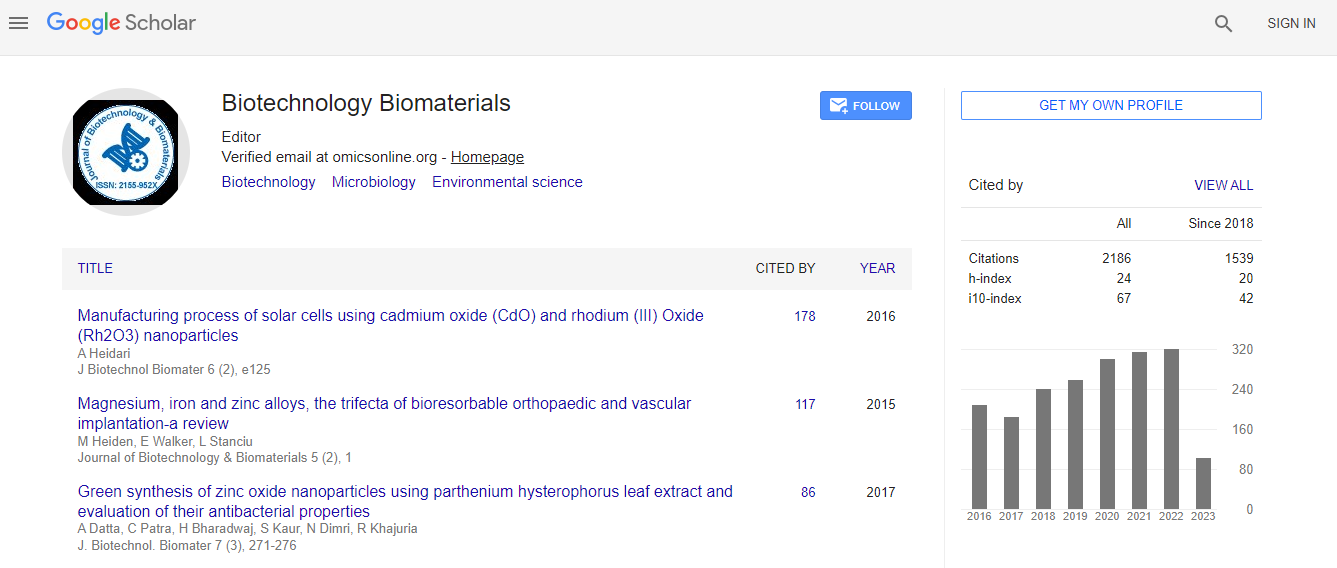Next generation industrial biocatalysts: Concentrating and live cells on surfaces or in flexible biocomposite materials to intensify reactivity
*Corresponding Author:
Copyright: © 2020 . This is an open-access article distributed under the terms of the Creative Commons Attribution License, which permits unrestricted use, distribution, and reproduction in any medium, provided the original author and source are credited.
Abstract
Model systems investigated by our group using bacteria, yeast, cyanobacteria, and algae have shown that nanoporous adhesive biocoatings and flexible biocomposite materials (microbial paper) can concentrate and stabilize live cells for 1,000 of hours, intensify biocatalysts, and reduce water use for large scale bioprocesses. Biocoatings can be generated by industrial coating, ink-jet printing, aerosol delivery, and fiber wet-lay methods followed by controlled drying. Generation of waterborne adhesive wet adhesion and nanoporosity with microfluidic networks surrounding the embedded cells are a function of arresting polymer particle coalescence during drying. Nanoporosity is critical to preserve cell viability. A second key technology is lyoprotection during drying by the addition of lyoprotectants or cellular engineering for cells that are not naturally desiccation tolerant. Model systems have demonstrated the sustained reactivity of cells that carryout photosynthesis, liquid or gaseous carbon capture/recycling, generate oxygen, bio-sense, are vaccine substrates, or chiral bioconversions - all can be dried, rehydrated and remain active. Biocomposites are now being investigated to engineer multi-layer biomimetic leaves combining different types of photosynthetic cells that could exceed the carbon capture reactivity of natural leaves, reactive architectural coatings that respond to sunlight or pollutants, and for processing large volumes of carbon containing gases. Live cells embedded in or on the surface of paper can use thin liquid films for gas-liquid mass transfer without generating bubbles. Enhanced mass transfer with reduced energy input has been demonstrated using thin falling liquid films over rough paper in a prototype falling film bioreactor (FFBR). A FFBR could dramatically reduce both energy and water use to process waste gas to chemicals. Dry stabilization of live cells will enable centralized biocatalyst manufacture, elimination of the cold chain in transporting concentrated cells or vaccines, and modular continuous manufacturing. Future development will lead to the waterborne coating, specialty paper, and nonwoven materials industries expanding the functionality of paints, inks and composite materials by incorporating engineered live cells.

